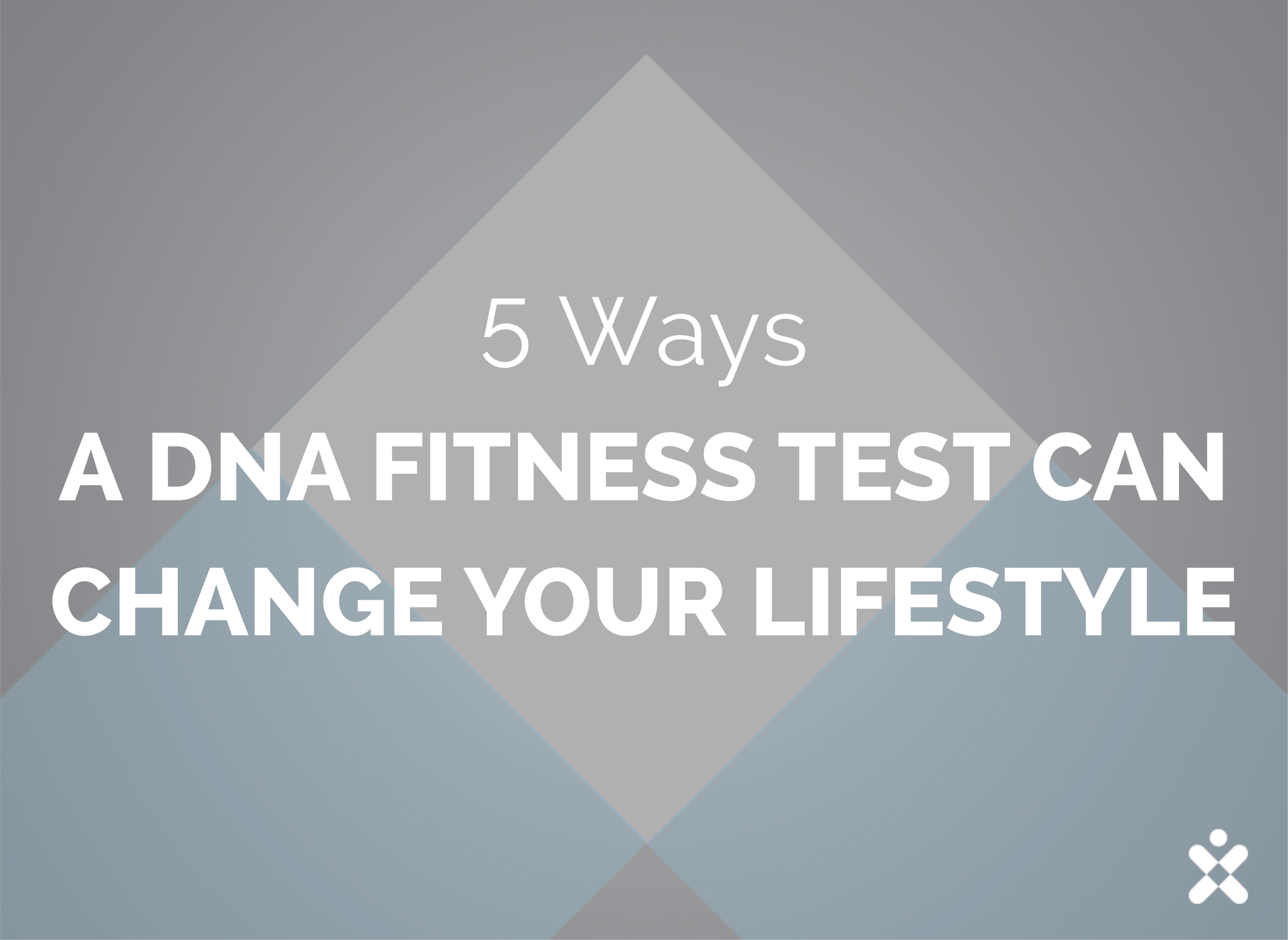Health and nutrition are changing. While diet and exercise are important cornerstones of better health and fitness, how you create dietary and exercise plans have changed. There are ways to assess your body composition in order to find out how much body fat and lean muscle you are actually carrying, and where. This information allows you to create diets and fitness programs that target specific problem areas for optimal health and wellbeing. Of course, with so many options, it can be hard to know what kind of scans and weight tests are the right ones for you. One option that has been gaining popularity is Hydrostatic Body Fat Testing, also known as underwater weighing- but is it really accurate?
What is Hydrostatic Weighing?
Before we can determine whether or not hydrostatic weighing is accurate, we first have to define what it is. Hydrostatic weighing is a type of body composition determination, meaning it measures body fat and lean mass. Using Archimedes Principle of Displacement, hydrostatic testing measures one's total body density.
The Archimedes Principle states that the buoyant force placed on a submerged object (in this case, you), is equal to the weight of the fluid displaced by the object. Using this principle, the hydrostatic body fat testing method is believed to determine the percentage of body fat in an individual's body. This is because both the density of fat mass and fat-free mass are constant. On the other end of the spectrum, lean tissues such as muscle and bone are denser than water. With fat being less dense than water and muscle and bone being denser than water, a person who carries more body fat will be lighter underwater, and much more buoyant. A person with more muscle will weigh more underwater and be less buoyant.
In short, this method is designed to give the individual a clear understanding of their body composition: if you are more buoyant, you are carrying more body fat. If you are not, you have more lean muscle.
How is Hydrostatic Weighing Done?
Hydrostatic weighing is a straightforward process with two main components: dry land weighing, and underwater weighing. To execute hydrostatic weighing, the individual is first weighed on dry land. This can be done at home in your personal bathroom or similar space, but it usually is done within the testing facility. Once this is done, the individual will get into a large tank of water. The goal is for there to be enough room for full submersion. Before submersion, however, the individual will sit on a special scale and slowly be lowered into the water. The individual is then asked to remove all the air from their lungs and to remain still while their underwater weight is measured. Overall, the entire procedure is done three times and the results are averaged.
Once the results are tallied, a certain calculation is used to find the lean weight and fat weight in order to reveal the individual's percentage of body fat. This weighing method is considered to be very accurate, but it does come with advantages and disadvantages that can disrupt percentage results and more.
Pros and Cons of Hydrostatic Weighing
There are a number of components that go into an accurate reading of one's weight and body composition. Due to the variety of moving parts, there is always room for error. Hydrostatic body fat testing is reported as being more accurate and reliable than most other weighing methods, but it is not all good. These are the major pros and cons of this method of weighing as outlined by Healthfully:
Pros:
The repetition of the of the measurements paired with the reliance on a tried and true principle of density and weight certainly gives it an edge in accuracy.
It is a safe option for individuals with pacemakers who cannot undergo electronic weighing methods.
Cons:
Hydrostatic weighing may not be totally accurate for some individuals. Seniors and athletes are at special risk of their body fat percentage being overestimated and underestimated respectively. This is because the body composition of an athlete can be very different from that of an average person, due to their personal muscle mass, fat distribution, and overall fitness level. For the elderly with issues such as osteoporosis, hydrostatic weighing may inaccurately return readings due to the difference in bone composition.
Being repeatedly submerged in water is seen as another disadvantage of hydrostatic weighing. Having to go underwater various times without being able to hold your breath before (as the test requires individuals to expel all air from their lungs before they go under), and having to sit completely still can lead to stress and panic for some people. In addition, if the individual moves, retains air, or must be let up before the measurement is finished, the whole test will have to be done again to return the most accurate readings. For some, this is more stress than it is worth.
Cost is another major disadvantage of hydrostatic weighing. The equipment used for hydrostatic testing is incredibly expensive. Unless the individual has access to certain research facilities such as hospitals, colleges, or sports organizations, chances are they won't be able to try this weighing method out without a large out of pocket cost.
While this weighing method is considered to be one of the most accurate options, it does not tell you where fat is located in your body. This makes it difficult to know what types of diet and exercise routines are best to target harmful fat, also known as visceral fat.
Though hydrostatic weighing is accurate, it comes with more drawbacks than positives. Fortunately, there is an alternative that gives you all the benefits of hydrostatic weighing, and more: the Dexa (DXA) Scan.
Looking for an Alternative? Try the DXA Scan
On the tails of the hydrostatic weighing method is a revolutionary body composition weighing method known as the Dexa (DXA) Scan. This scan from DexaFit is designed to not just measure the amount of body fat you're carrying, but also tell you where it is in the body. The Dexa Scan is the most accurate method for body composition analysis. It is approved by the FDA and trusted by elite sports labs and research facilities.
The DXA Scan is also much simpler than the hydrostatic body fat testing procedure. All you have to do is pick your appointment location and show up. Once there, you will put on a gown, remove jewelry, and prepare to be scanned by the DXA apparatus. DXA stands for dual X-ray absorptiometry scan. The scan uses two X-ray beams that scan the body for between 10-20 minutes. The scan measures both bone density and full body composition in an easy, non-invasive way. The entire procedure is done in under 30 minutes and afterward, you can return to your normal daily activities.
People tend to enjoy the DXA Scan more because it is quick, simple, and accurate. When the test is done, you will learn how much body fat you're carrying, where in the body it is hiding, and suggestions for proper dietary and fitness changes to lose this fat and reclaim your ideal body goals. The DXA Scan also looks for internal risk factors for health conditions like osteoporosis, weak spots in muscle and bone, and chronic conditions like rheumatoid arthritis, diabetes, thyroid issues, inflammatory bowel disease, liver disease, and much more.
The DXA is available to everyone, though we don’t advise pregnant women to have the test performed. The health benefits from this simple 10-20 minute scan are truly life-changing, making it a great choice if hydrostatic weighing, or other weighing methods, are just not for you.
Learn more here.













How can hydrostatic body fat testing benefit you? Find out the pros and cons of hydrostatic weighing to decide whether or not this method is right for you.